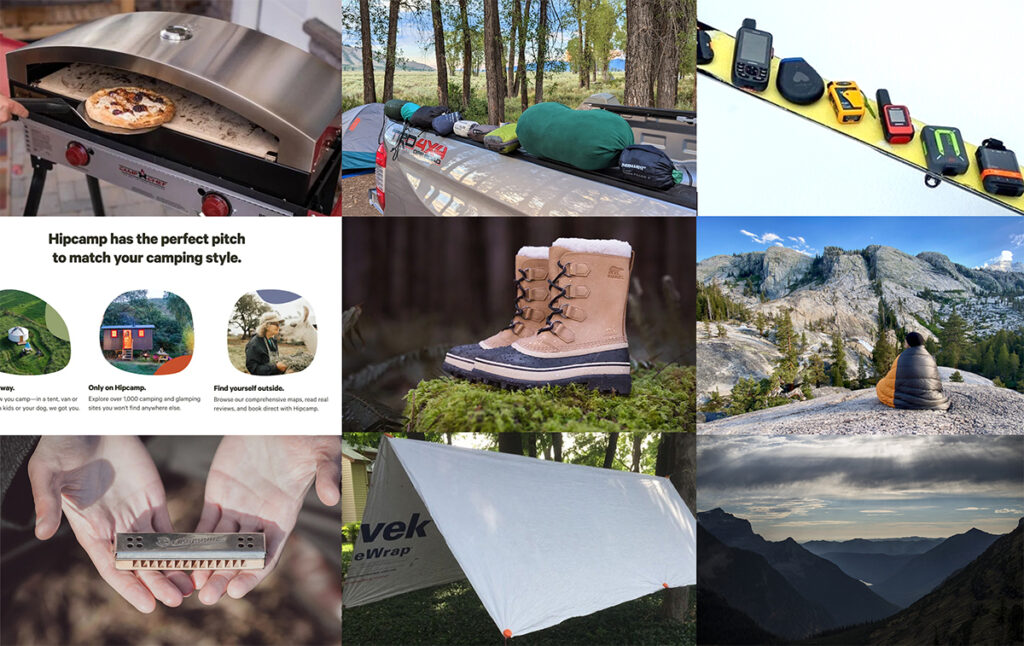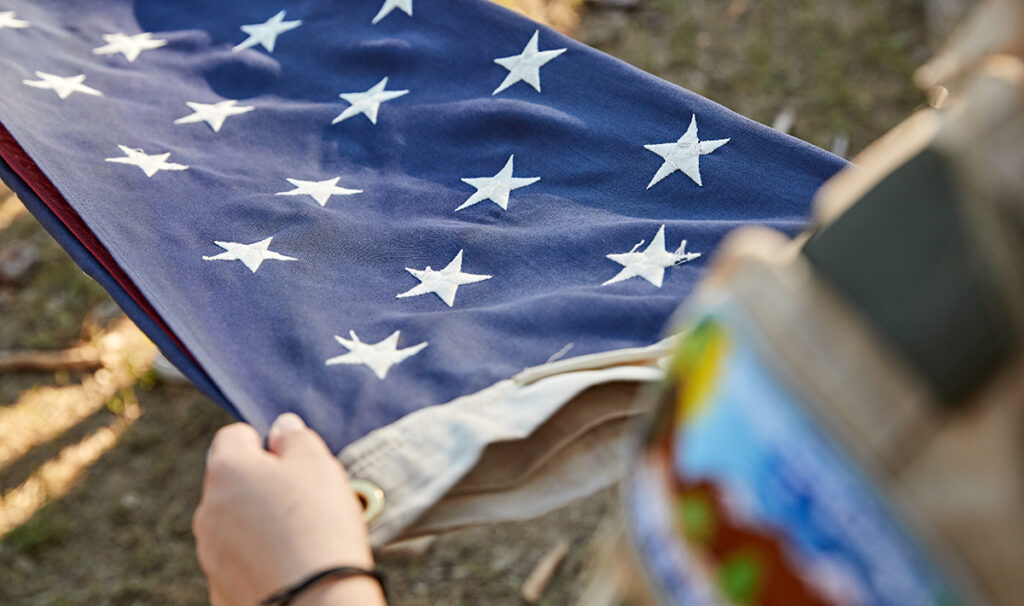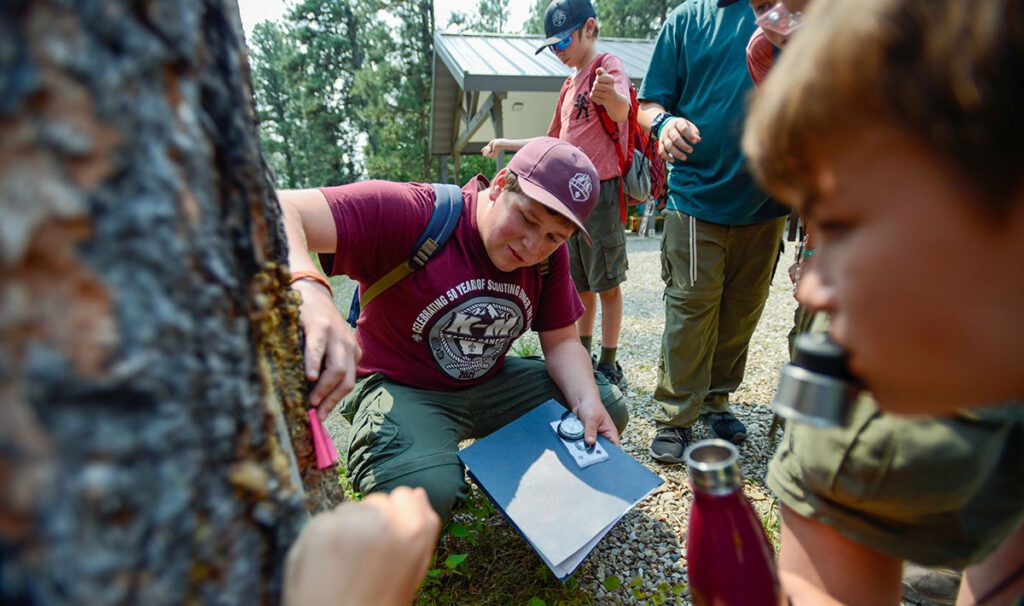Pools, lakes, ponds, and beaches mean summer fun and cool relief from hot weather.
Water also can be dangerous for our Scouts if adult leadership does not take the proper precautions.
Nearly 1,000 children die each year by drowning, the second leading cause of accidental death for people between the ages of 5 and 24.
Those deaths are especially tragic since the risk factors for drowning are often easily avoided. Unfortunately, many youth and adults do not fully appreciate the hazards for common swimming situations.
Do you know:
1. How a drowning non-swimmer behaves in deep water after being pushed in, stepping off a drop off, or falling off an inflatable toy?
Many drowning victims are unable to call out for help and unable to reach for or move toward safety just a few feet away.
2. Why breath-holding contests are dangerous?
Extended, deep breathing leads to hyperventilation, which may cause a person to lose consciousness while underwater.
3. Factors that can cause even a good swimmer to drown in calm water?
Medical conditions such as heart attacks, strokes, or seizures may occur with little or no warning. Therefore, it is always prudent to swim with a buddy.
4. Why drowning is still possible in a pool with trained lifeguards on duty?
Swimming venues patrolled by trained lifeguards are generally safe, but lifeguards watching large numbers in a large area may become distracted, or fail to recognize that someone is in trouble. Swimming with a buddy puts an extra set of eyes watching everyone.
The ways to prevent and respond to water emergencies are covered in the revised online Safe Swim Defense training.
If you last reviewed that training prior to June of 2012, you should check out the latest version with video footage, which replaces cartoons with video footage.
The guidelines have not changed, but the revised training provides additional detail and clarity.
A DVD of the updated training is also available from www.scoutstuff.org.
BSA policies require unit swimming activities to be supervised by adults with current Safe Swim Defense training. However, the training also provides important information for family swimming events and may be taken by anyone.
Although drowning occurs year-round, summer is the prime season. Keep your unit, family, and friends safe by following the safety guidelines in Scouting’s Safe Swim Defense.
Are you familiar with the “The Eight Defenses” of Safe Swim Defense?
Familiarize yourself with and review the Safe Swim Defense here.
Before a BSA group may engage in swimming activities of any kind, a minimum of one adult leader must complete Safe Swim Defense training, have a commitment card with them, and agree to use the eight defenses in this plan. Safe Swim Defense must be renewed every 2 years.
Have a safe and exciting scouting summer!
For more information, contact Tony Higuera, Montana Council Risk Managment Committee Chairman.




